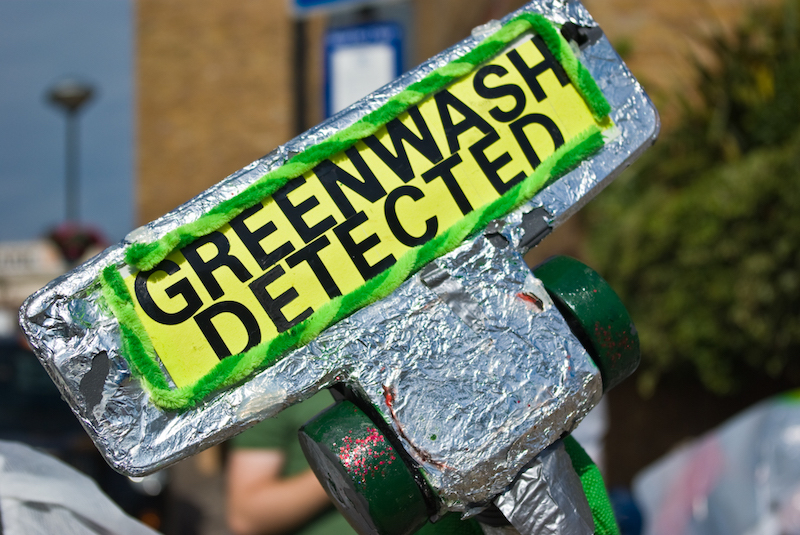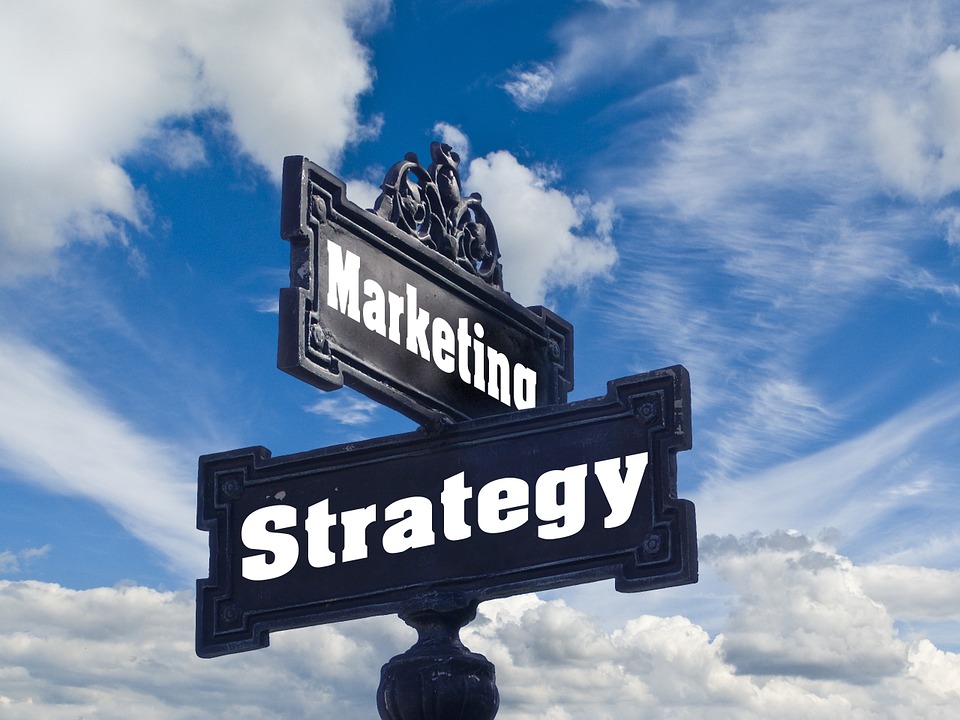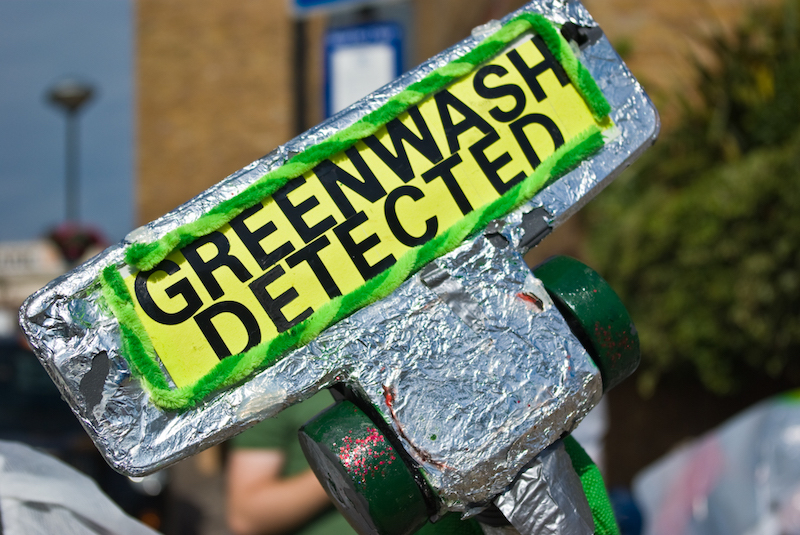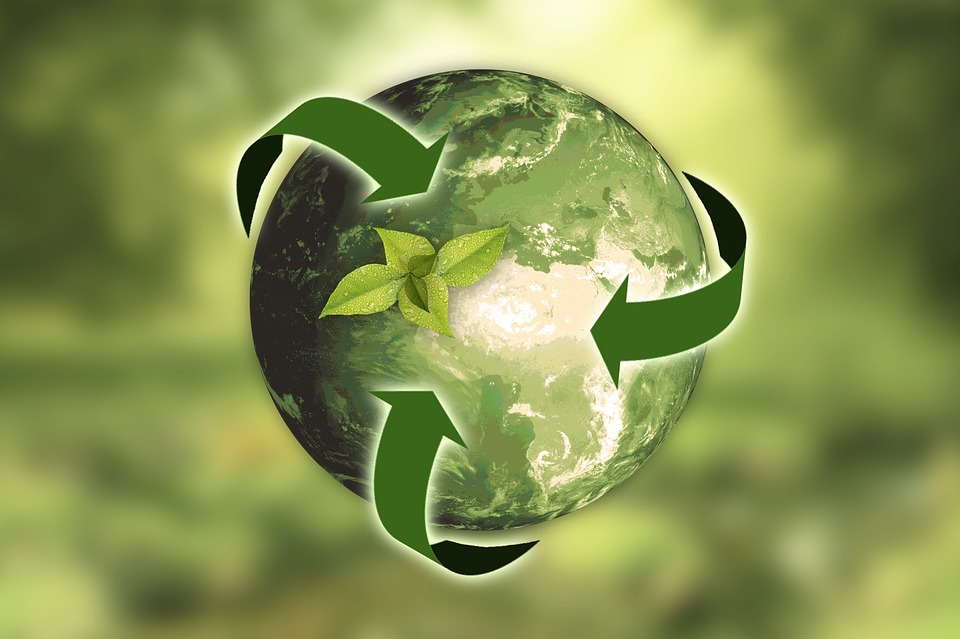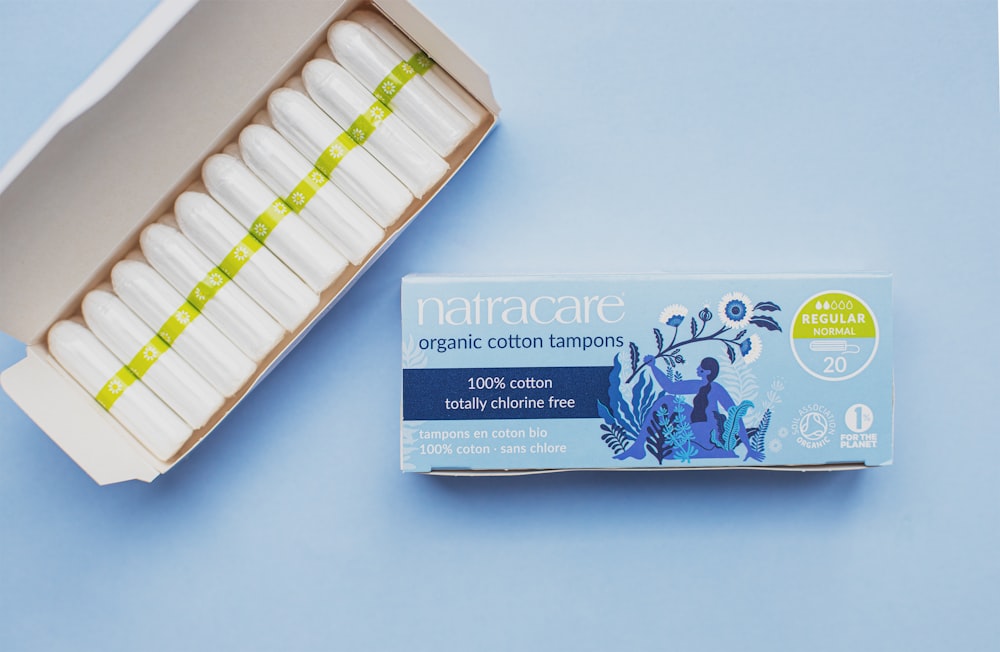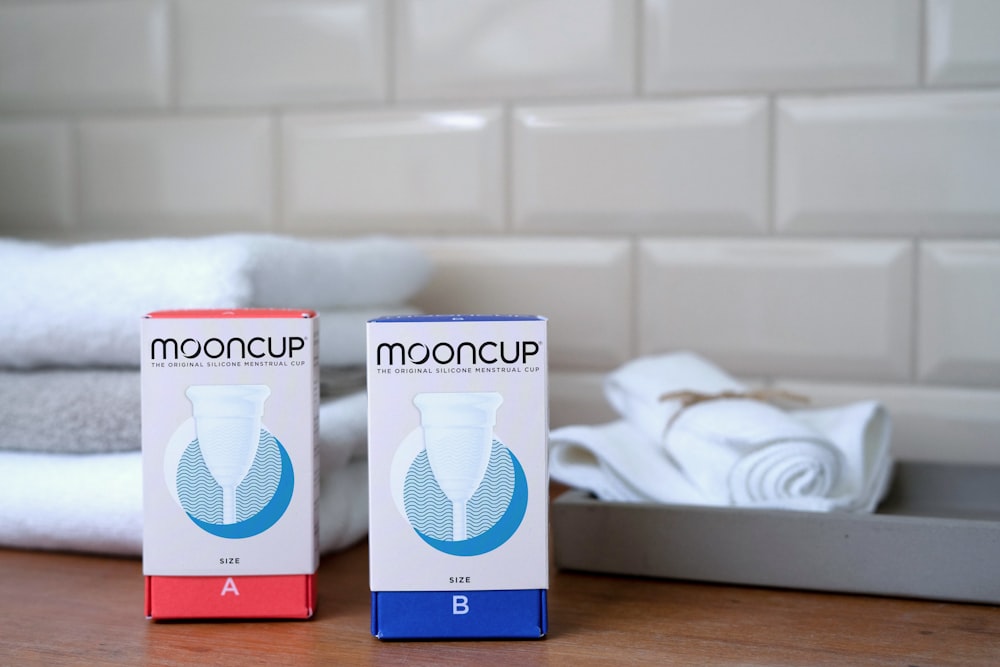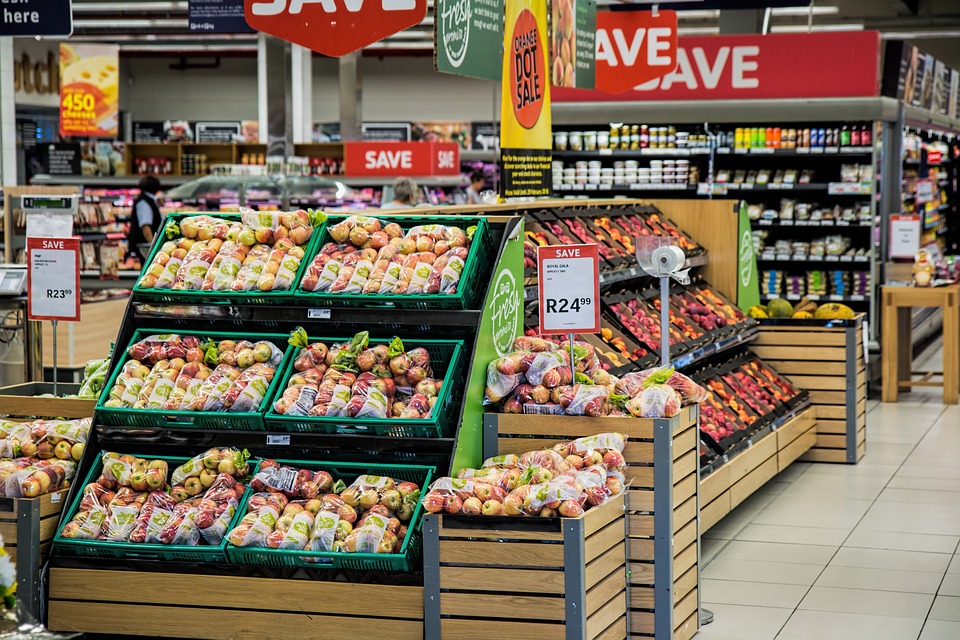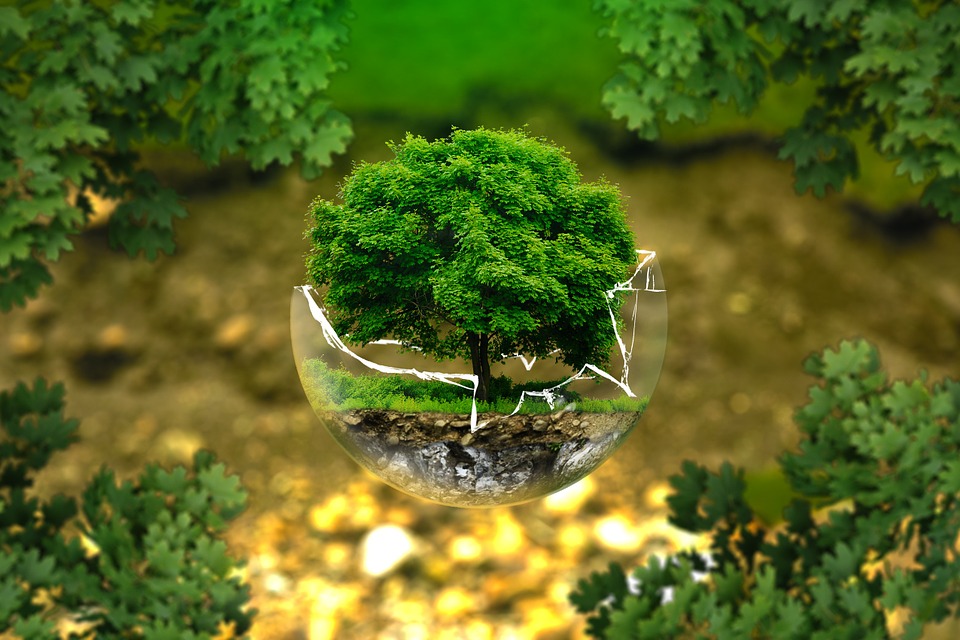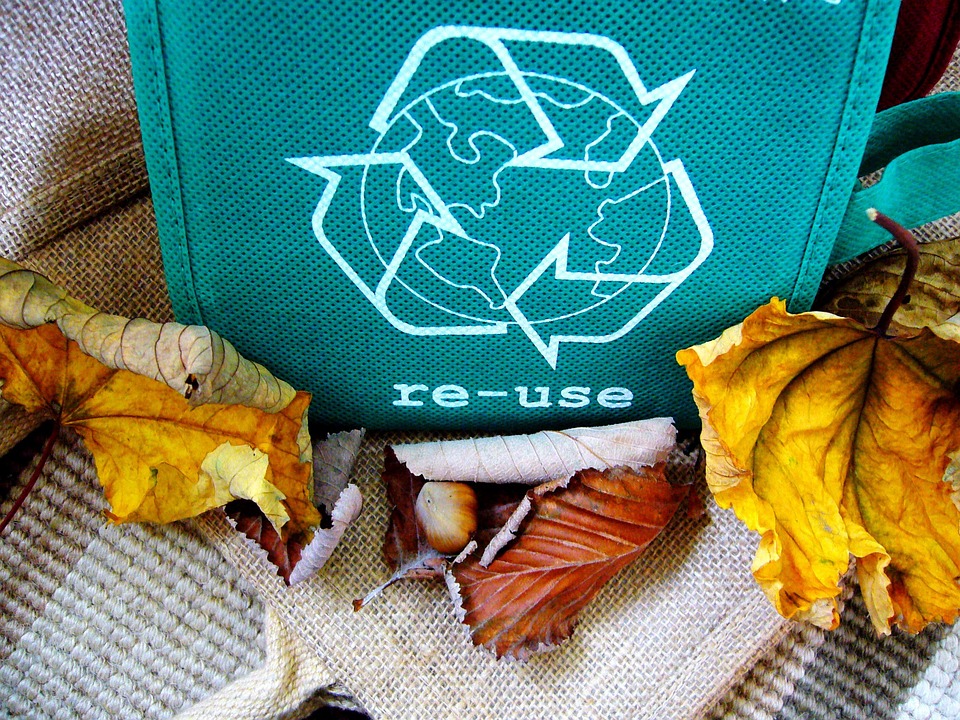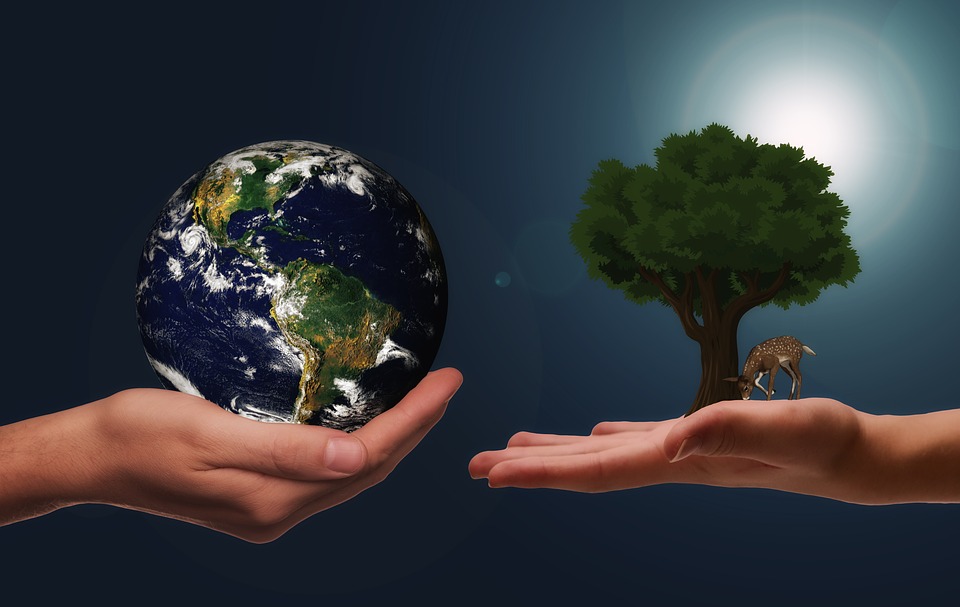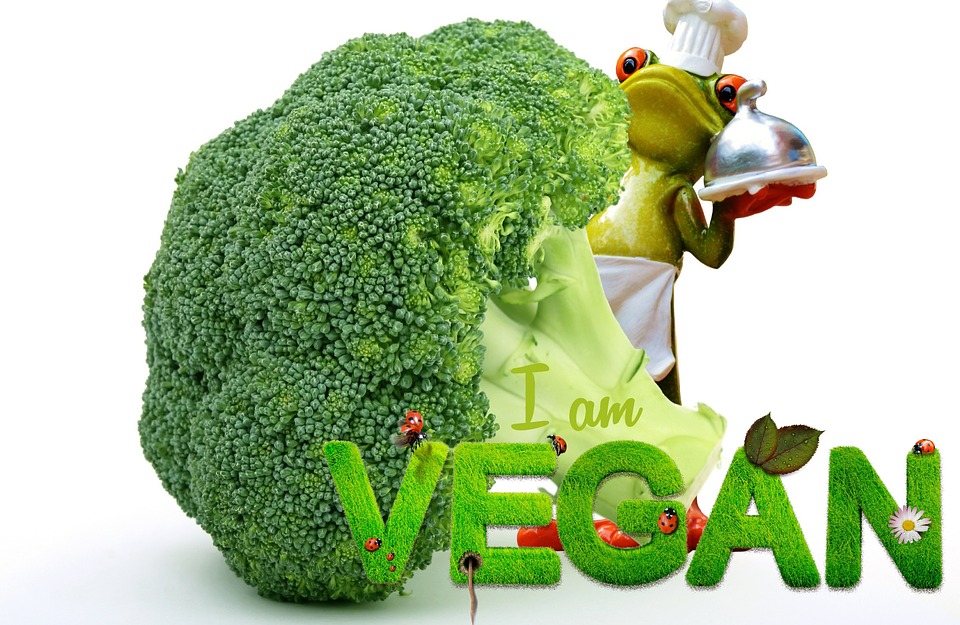In a world increasingly conscious of sustainability, greenwashing has become a prevalent concern. This comprehensive guide dives into the deceptive world of greenwashing, shedding light on what it is, how to recognize it, and, most importantly, how to steer clear of it. If you’re dedicated to sustainable development, this article is your indispensable resource.
The Mirage of Greenwashing
Defining Greenwashing
Greenwashing refers to the misleading and false claims made by companies regarding the environmental and ethical qualities of their products or practices. It’s a marketing tactic that capitalizes on the growing demand for eco-friendly and socially responsible products, often leaving consumers misled and deceived.
The Motive Behind Greenwashing
Behind greenwashing lies the motive for profit and marketability. Companies engage in greenwashing to enhance their public image and attract environmentally conscious consumers without making substantial changes to their practices.
Spotting Greenwashing
Misleading Labels
One common way greenwashing occurs is through deceptive labeling. Companies may use phrases like “natural,” “eco-friendly,” or “green” without providing substantial evidence to support these claims. Scrutinizing product labels is the first step in spotting greenwashing.
Vague Terminology
Beware of vague and undefined terms. Phrases like “environmentally responsible” or “green technology” are often used without clear definitions or standards. Genuine eco-friendly products come with transparent explanations.
Irrelevant Images
Another tactic is the use of images unrelated to the product’s actual environmental impact. A picture of a lush forest on a detergent label doesn’t guarantee the product’s eco-friendliness. Always look for concrete evidence of a product’s green attributes.
Genuine Sustainability
Authentic Certifications
One of the most reliable ways to verify a company’s sustainability claims is to check for legitimate certifications. Labels like Fair Trade, USDA Organic, and ENERGY STAR are recognized standards that ensure a product or practice aligns with specific sustainability criteria.
Transparency and Accountability
Trust companies that are transparent about their practices and are accountable for their environmental impact. Look for businesses that openly share their sustainability reports, goals, and progress.
The Greenwashing Impact
Consumer Distrust
Greenwashing erodes consumer trust. When individuals discover they’ve been misled by false claims, they become skeptical of all eco-friendly products, including those that are genuinely sustainable.
Impeding Progress
The prevalence of greenwashing hinders the progress of legitimate sustainability efforts. It diverts attention and resources away from businesses genuinely committed to making a positive impact.
The Fight Against Greenwashing
Educate Yourself
The first step in the fight against greenwashing is education. Familiarize yourself with common deceptive tactics and misleading phrases. Stay informed about sustainability standards and certifications.
Demand Transparency
As a consumer, you have the power to demand transparency. Ask companies for evidence of their claims and don’t settle for vague answers. Encourage businesses to be more open about their practices.
Support Genuine Sustainability
Choose to support businesses that genuinely prioritize sustainability. By purchasing from responsible companies and boycotting greenwashers, you contribute to a more sustainable marketplace.
Sustainable Consumer Choices
Reducing Consumption
One of the most effective ways to combat greenwashing is to reduce consumption. By buying fewer products and making more intentional choices, you reduce the power of deceptive marketing.
Secondhand and Eco-Friendly
Consider secondhand items or products from businesses with proven track records of sustainability. Thrift stores, sustainable fashion brands, and eco-conscious manufacturers offer alternatives.
The Path to a Greener World
Greenwashing-Free Future
A greenwashing-free future is possible through collective action. As consumers demand honesty and businesses prioritize authentic sustainability, we move closer to a world where greenwashing becomes a relic of the past.
Navigating the Sustainable Path
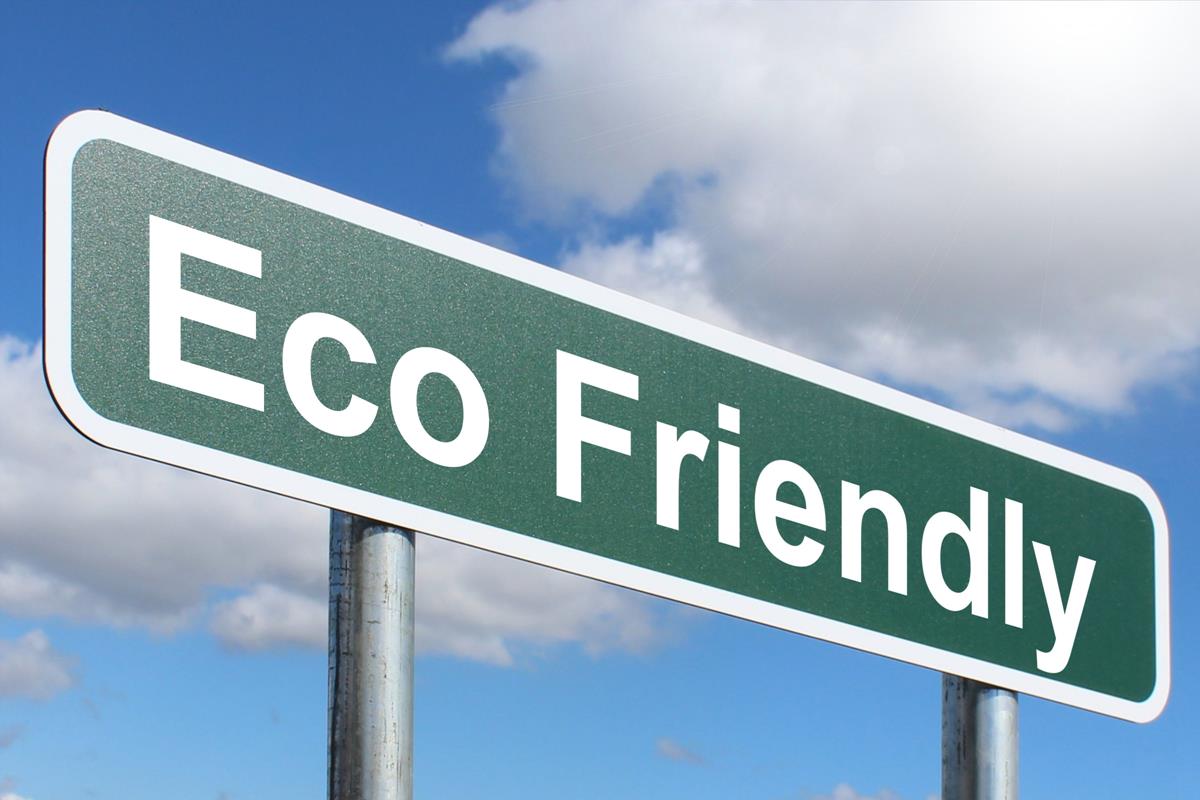
In a world where sustainability is an ever-growing concern, the battle against greenwashing is more important than ever. As responsible consumers and advocates for sustainable development, we hold the power to discern fact from fiction, and authenticity from deception. By being informed, demanding transparency, and making conscientious choices, we contribute to a marketplace where greenwashing is no longer a profitable strategy.
In this journey towards a greener world, the eradication of greenwashing is an essential step. Together, we can create an environment where genuine sustainability thrives, and businesses are held accountable for their impact. So, let’s continue to decipher, detect, and evade greenwashing, paving the way for a future where eco-friendly truly means eco-friendly.
Remember, the choices you make matter, not just for you, but for the planet we all call home.
Stay informed, stay vigilant, and stay sustainable.
